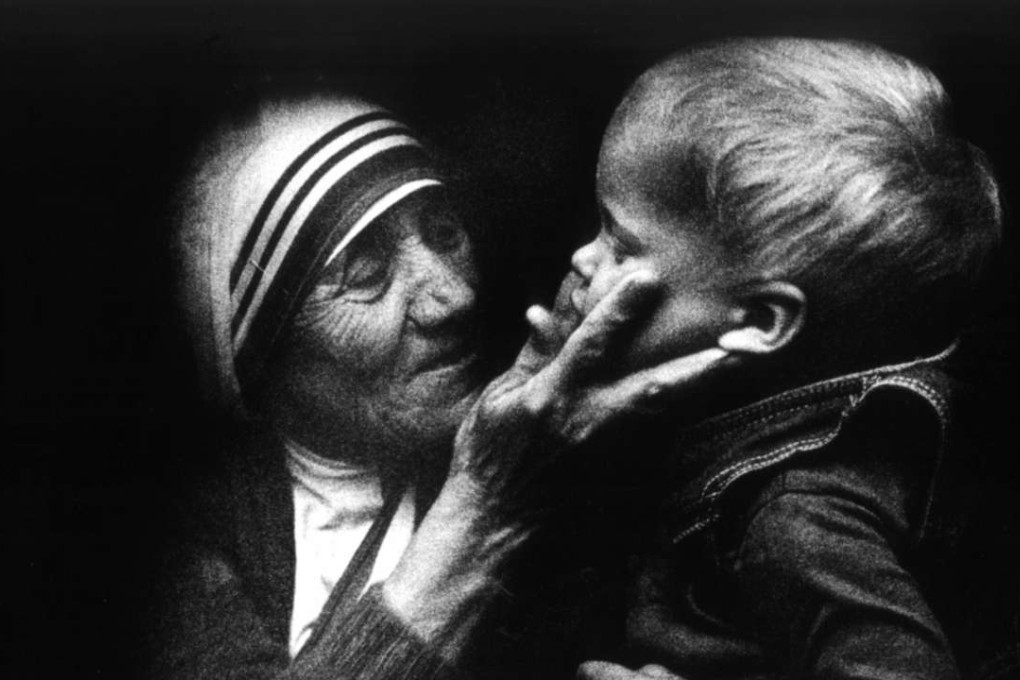How Mother Teresa rose above criticism to sainthood
Vatican has formally acknowledged what Calcutta has known all along – its Mother is a saint, no matter what her critics say

They chose the wrong time – and the wrong place. This was certainly not the time to launch a book critical of Mother Teresa – days before her canonisation in the Vatican on Sunday. Calcutta is readying itself, not to receive any such book, but to bask in the glory of its first-ever saint. It is not often it gets a chance to pat itself on the back.
The book is not exactly new. It’s a translation into the local Bengali language of an English one, Mother Teresa: The Final Verdict, by Aroup Chatterjee, a Britain-based physician, published in 2003.
Why the heavenly status of Mother Teresa lies in her work on earth
The writer grew up in Calcutta and worked in its slums as a volunteer before moving to Britain. The Bengali version was to be launched on the premises of the University of Calcutta. On the eve of the launch, the publishers were told by the authorities that their booking of an auditorium of the university had been cancelled due to “compelling reasons”. The doctor, 58, who sees himself as the “lone Indian” to have written a book critical of Mother Teresa, was due to arrive in the city on Thursday from Germany to take part in the launch at another venue.

Calcutta, though, is not letting Chatterjee or his book spoil the mood. At the centre of the celebrations is the Mother House, her home for nearly four decades and the headquarters of the Missionaries of Charity, where she lies buried. In life, she made it the city’s only must-visit place for princes, prime ministers and popes. Now, 19 years after her death, her sainthood will make that home, at the end of a narrow alley in an impoverished part of the city, a pilgrimage centre.
Through the small entrance door facing the alley I walked one October evening in 1979 to interview her hours after her Nobel Peace Prize was announced. Her dislike of journalists and photographers was common knowledge among local scribes. There she sat amid bare walls, just a few chairs and no table – almost a mirror image of the simplicity that she preached and lived.